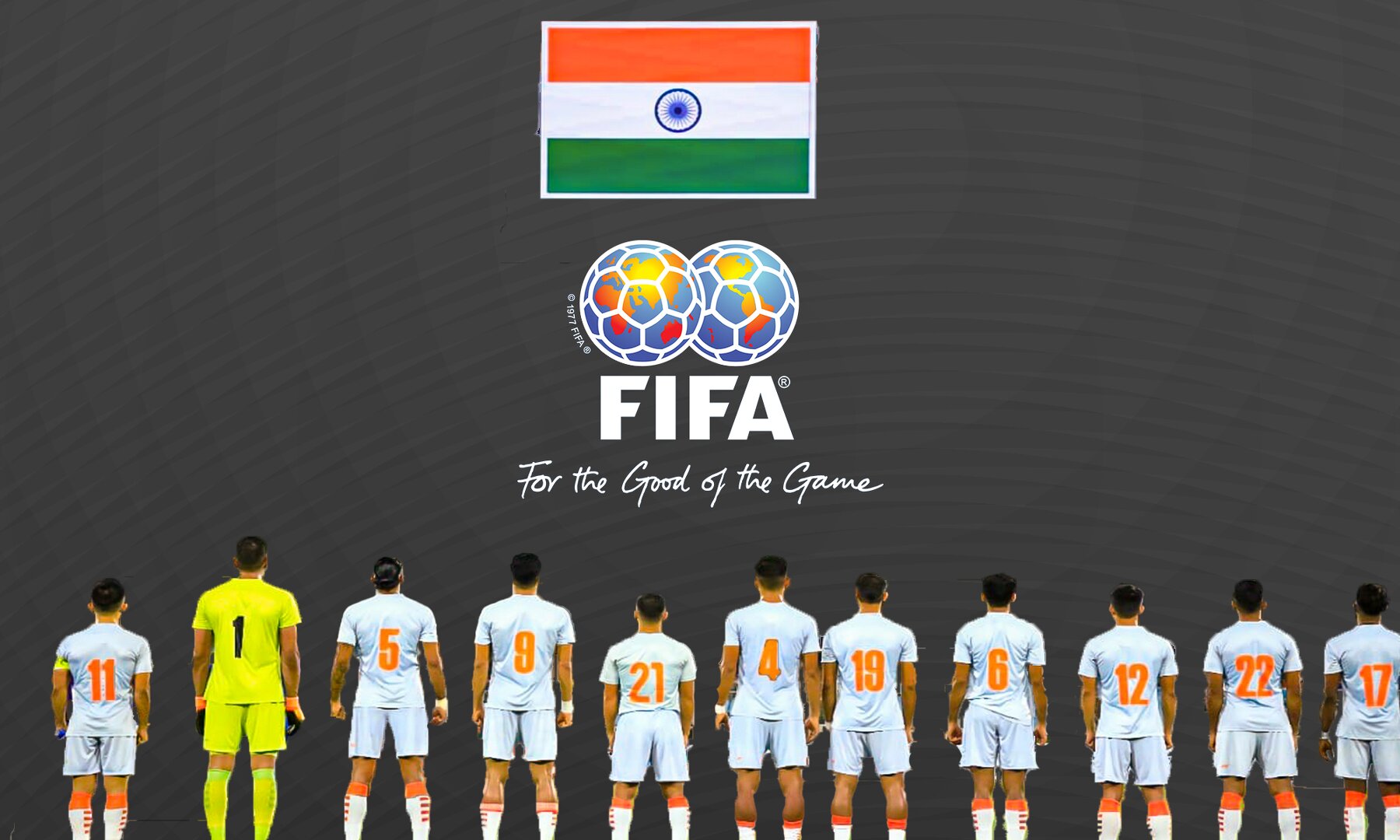Explainer: New rules made World Cup qualification easy for India?

(Courtesy : AIFF Media)
The changes will be applicable from the 2026 edition of the FIFA event.
The AFC (Asian Football Confederation) dropped some exciting news on Monday, announcing the increase of their quota of nations for the FIFA World Cup post 2026. With the World Cup being increased to 48 teams, the AFC has also been granted more slots in the tournament. The current slot of 4.5 teams allotted to Asia has almost been doubled to 8.5 teams. This will not only be a major boost for Asian countries becoming more mainstream, but also raise the chances of lower-ranked nations. India can now see their dream of qualifying for the World Cup slowing coming closer to reality.
Of course, there is still a lot that needs to change for the Blue Tigers to even come close to securing qualification. So, let’s take a look at the new format and how India can climb the ranks to make their World Cup dream come true.
When will India’s World Cup qualifiers campaign begin?
This is probably the biggest question on every fan’s mind right now. The 2026 World Cup qualifiers will, of course, happen only after the Qatar World Cup ends. The Preliminary Round 1 stage, the first stage of qualifiers, will start in October 2023.
Going by their current ranking, India are among the top 25 ranked AFC sides. That means they will not have to play in the first round and can start from the Preliminary Round 2.
The games for Preliminary Round 2, in which 36 teams will be divided into 9 groups, will start from November 2023. It will go right till June 24, 2024, being separated by six matchdays. So, as long as they remain among the top 25 AFC teams in 2023, the Blue Tigers should at least play six World Cup qualifiers.
Can India face fellow SAFF nations?
India are well aware that FIFA World Cup qualifiers are never easy. That’s irrespective of whichever team they are placed against in the group. There is no restriction on which AFC teams can face each other in the qualifiers.
Of course, there will be different pots consisting of the teams based on the rankings. But that doesn’t mean Asian nations can’t be paired against neighboring countries. Indeed, India can face fellow South Asian Football Federation (SAFF) teams in the qualifiers.
That means they can be paired against the likes of Bangladesh, Sri Lanka, and Nepal. In fact, the Blue Tigers were placed in the same group as Bangladesh in the 2022 World Cup qualifiers as well!
What needs to be done to secure World Cup qualification?
Even with the encouraging changes, India still has a proverbial mountain to climb to qualify for the World Cup. Even being among the 8 (or 9) teams from Asia to play in the grand tournament is a mammoth task for the Blue Tigers.
On the top of our heads, there are still some major countries who will be favourites to take up these spots. The likes of Australia, Japan, South Korea, Qatar, Saudi Arabia, Iran, UAE and Uzbekistan are all better placed to qualify before India.
Of course, the Blue Tigers will have a better chance to qualify for future World Cups than they had in the past with the increase in spots. But proper planning and execution needs to be put in to place to make that dream a reality.
That involves giving more importance to the Indian national team than any league. The national team will have to play more competitive, higher-ranked nations in friendlies. They need to have more time together in longer national camps and the best training facilities should be made available.
For India, the goal after the increase in available slots shouldn’t mean seeking short-term success. The objective should always be to think long-term. There’s still need for a baby-step approach to World Cup qualification. If the Blue Tigers can do that, they might see the World Cup dream turning into reality by 2030 or 2034.
- Watford vs Birmingham City Preview, prediction, lineups, betting tips & odds | EFL Championship 2025-26
- Blackburn Rovers vs Wrexham Preview, prediction, lineups, betting tips & odds | EFL Championship 2025-26
- Is Cristiano Ronaldo starting tonight for Al-Nassr vs Al Ettifaq in SPL 2025-26?
- Sheffield United vs Leicester City Preview, prediction, lineups, betting tips & odds | EFL Championship 2025-26
- Arsenal vs Aston Villa: Live streaming, TV channel, kick-off time & where to watch Premier League 2025-26
- Top six quickest players to reach 100 Bundesliga goal contributions; Kane, Aubameyang & more
- Top three highest goalscorers in French football history; Kylian Mbappe & more
- With ₹19.89 crore bank balance; AIFF & Indian football standing on edge of financial collapse?
- AFCON 2025: All nations' squad list for Morocco
- Zlatan Ibrahimović names one of Lionel Messi’s sons as his “heir”